Question asked by Dongho
How come a statue or picture of Tara is already holy without needing blessings while other Buddhas like Lama Tsongkhapa, Guru Rinpoche, and Shakyamuni need their depictions blessed? Isn't Tara equal to the many Buddhas?
For mandalas, is cow dung really necessary to be used for construction like how it says in the Golden Light Sutra in the chapter to Saraswati? Why is cow dung used and is there any substitution for this?
Which pastor is answering these questions? Just wondering.
Is singing mantras and sutras like how singers like Imee Ooi count as sinful?
Was Avalokitesvara there before existence as well? That's what it seems like in the Heart Sutra. And if karma is endless, how are all beings from the beginning chosen to certain bodies? That would mean even the Buddhas are to be reborn into a random form with all the karma forming again. Is karma a spirit? That would mean Avalokitesvara has been in all the existing universes before as well. By nothingness, does that mean to meditate on darkness with no sound, taste, feeling, and so on?
According to visiblemantra.org, it says that the consort of the Buddha Vairocana is the Buddha Akasadhatvisvari. But here, I found it saying White Tara. Are those two the same being?
What is the view of the end of the world thing in Buddhism?
































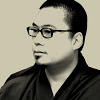






































































































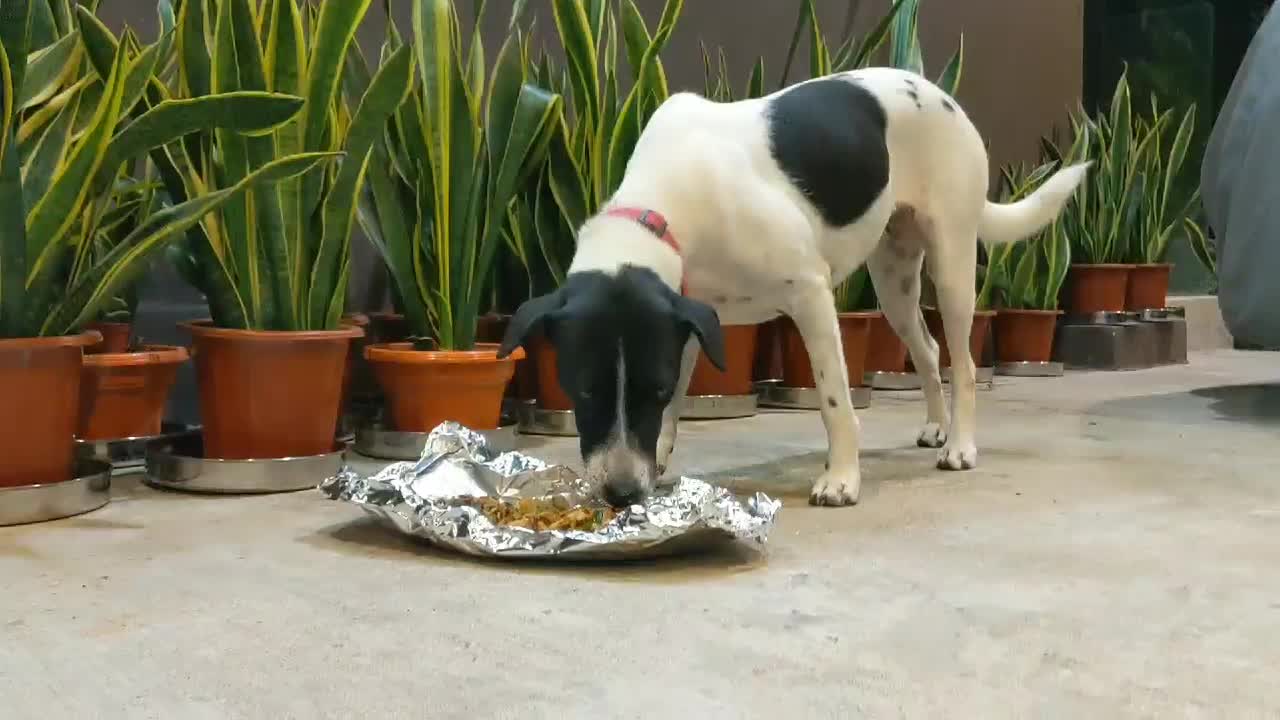
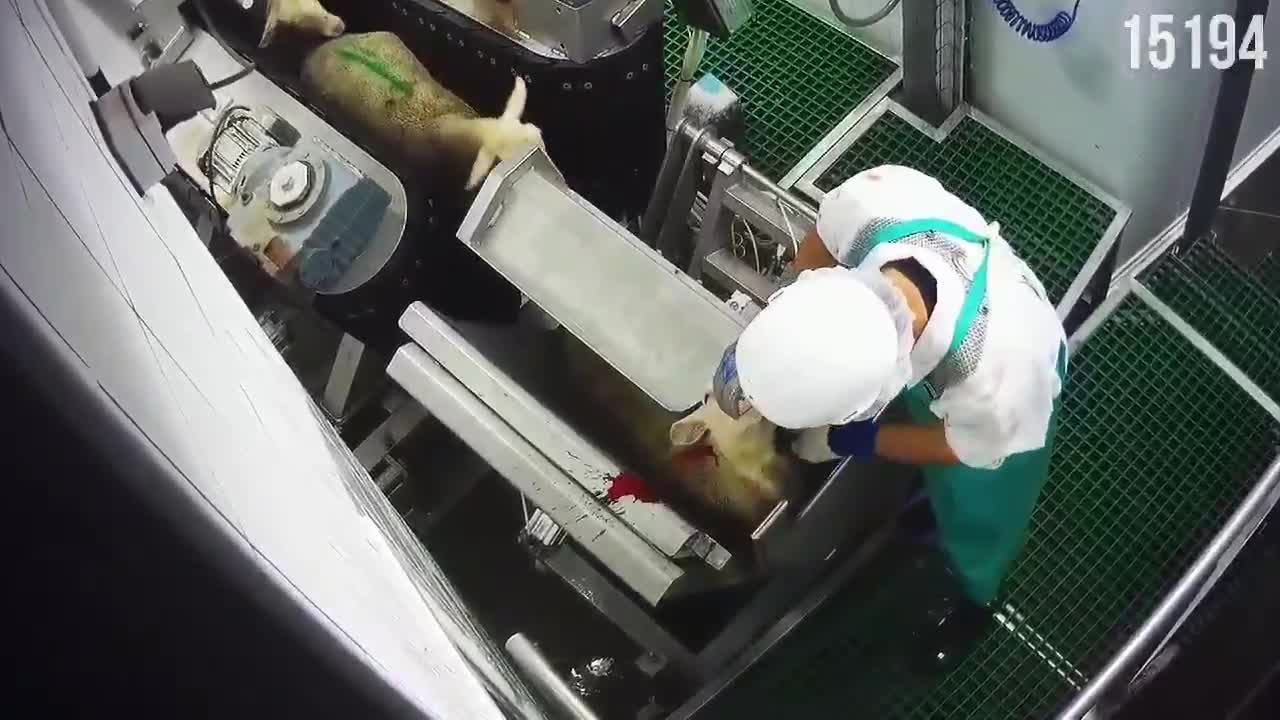


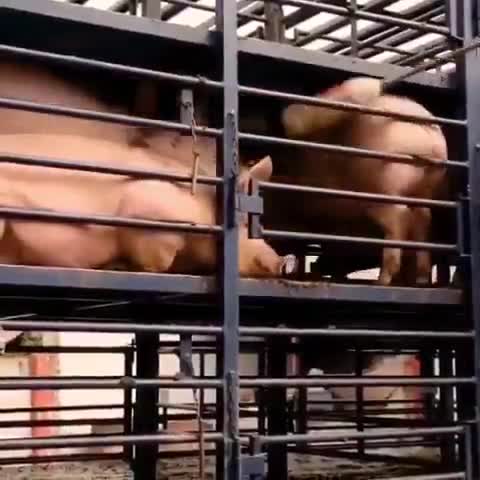



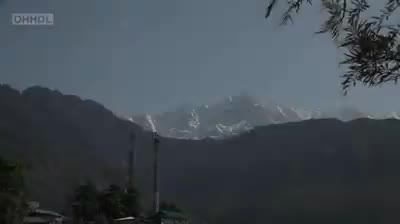
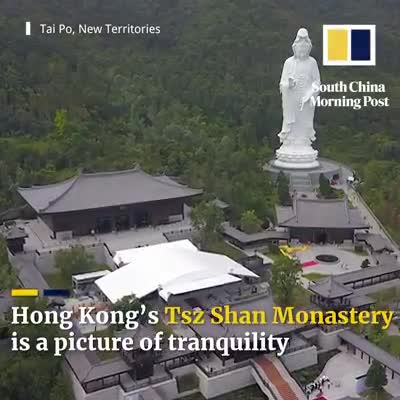

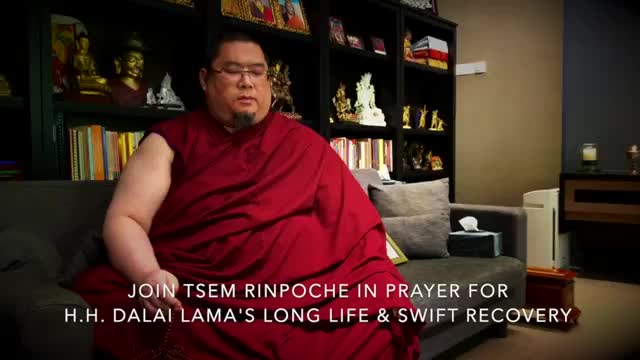

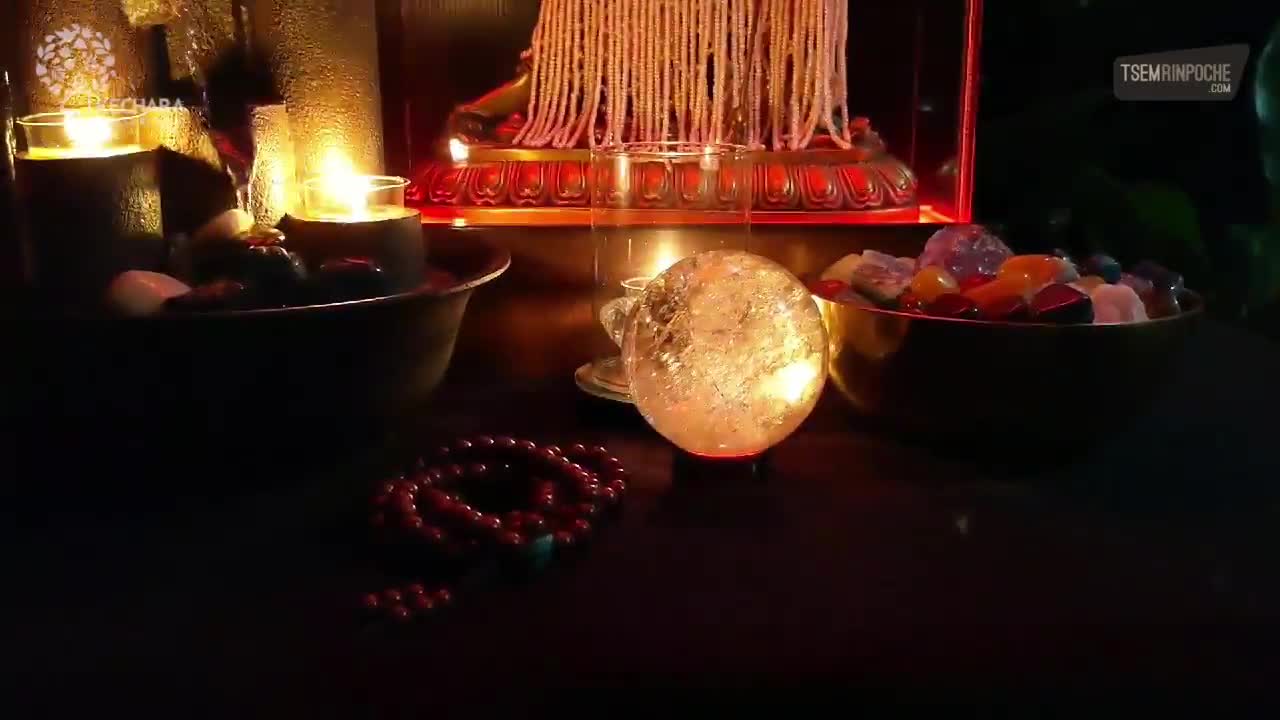

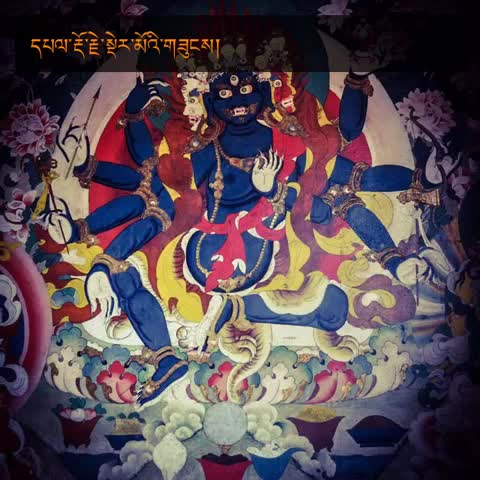
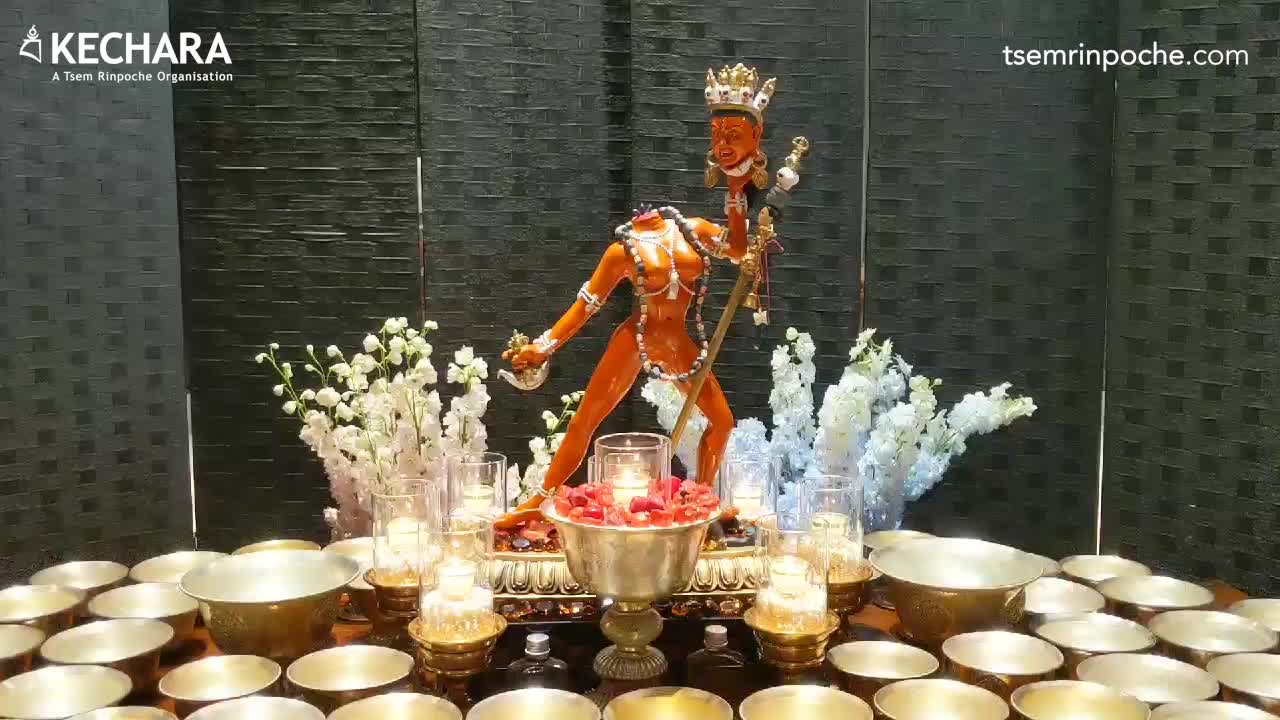













































































Dear Dongho,
Thank you for your interesting questions.
In regards to Tara images not needing blessings, this is because her form and her practice are extremely potent. Buddhas, since they are all completely enlightened beings, are equal to each other. The fact that Tara images are already blessed was explained by Kyabje Zong Rinpoche, who was a very strong practitioner of Tara. The Buddhas are always present when we invoke them or create their images, but our karma can block them from abiding strongly within an image. In fact it is said that un-consecrated statues can house spirits instead. Therefore it is advisable to ensure this does not happen and is done so through the act of consecration. One of the reasons why Tara images are already blessed is that her practice is so potent and beneficial in our day and age (due to our collective karma) that she abides in them since they are created. Tara has played a very important role in the development of Buddhism over the centuries. There are many Tara statues that are known to speak and bestow tremendous help and blessings. In fact there are many enlightened masters of the past who have had visions of Tara or who Tara would speak to. These include the great Lama Atisha of India who was the forefather of the Kadampa lineage, which eventually became the Gelugpa lineage, and Takpu Gargyi Wangchuk who travelled to Potala pure land, met Tara herself and brought back the Cittamani Tara cycle of Highest Yoga Tantra teachings.
In relation to cow dung, in the case you have mentioned from the Golden Light Sutra’s chapter on Saraswati, the mandala is drawn from cow dung. Cow products have had a very long history of ritual use in India. I am sure you know that Buddhism originated in the Indian subcontinent. There are certain substances that come from cows that are considered ritually ‘clean’ substances, and one of these is cow dung. As Buddhism had to take on cultural aspects, this is how the Dharma was manifested by the enlightened beings. In order to make the Dharma acceptable in India, the Buddhas manifested techniques that were suitable to the people of that time. As for if there is a substitute, you would have to consult a guru who has the lineage of Sarawati practice according to the Golden Light Sutra.
This section of tsemrinpoche.com is answered by a group of Pastors, today it is Pastor Niral Patel that is answering.
As for singing mantras and prayers, like Imee Ooi does, this is not sinful. The reason why singing itself is generally considered negative is because it does not fulfil any virtuous purpose. In fact certain types of songs, such as love songs, can actually be negative as it can increase a person’s attachment. The singing of mantras and prayers however is something that is virtuous, as it spreads the vibrations of the mantra in the area that it is heard. In fact when mantras and prayers are chanted in the monasteries, they adhere to certain melodies and tunes that they chant in. The singing of mantras and prayers therefore is a virtuous activity.
As for Avalokitesvara, since he is the manifestation of the compassion of all the Buddhas he has always existed, it is simply that he manifested in the forms known today within this particular aeon. In regards to the bodies we take, this is due to karma from previous lives. Those lives in turn were dependent on karma from previous lives, and so it goes on and on. That is why there is the term ‘countless lives’ in Buddhism.
Buddhas are not bound again to karma as they transcend existence completely. I think here you are referring to the period in which the universe forms again, this is still within existence. The state of enlightenment is completely removed from this cycle of existence, destruction, empty space, existence, destruction, etc. Anything within this cycle is necessarily bound to karma. But the state of nirvana is not in this cycle. The ‘ultimate form’ of the Buddhas is called the Dharmakaya, and in fact has no form because it exists outside of samsaric existence. ‘Forms’ only exist within samsara.
Nothingness or emptiness is not meditating in the dark or thinking that nothing exists. It is to do with our perception or wrong view about the nature of reality. No sound, no taste, no feeling extra does not mean that they do not exist, but they do not exist in the manner we think they do or relate to them. Within Buddhism there is what is known as the ‘two truths’, meaning that on a conventional/ordinary level things exists, but on an ultimately level they do not exist the way we are conditioned to think about them. You should find a good commentary on the Heart Sutra to understand this better. The teachings on emptiness are one of the highest within Buddhism, and therefore one of the most difficult to comprehend. The scriptures and commentaries can give you a very firm intellectual understanding of emptiness, but this is useless if it is not ‘realised’. This means that your whole mode of thinking and interacting shifts from the self-centred ‘I’ to the enlightened state of mind. This can only be accomplished through practice, therefore it is more beneficial on the spiritual path to have a guru who can show you the path.
Having said that, there are meditation techniques that involve long periods of time confined within a room that has not light. In fact some practitioners also engage in what are known as ‘dark retreats’ where a practitioner practices in the dark in order to withdraw attachment and engagement in the world from the senses, especially the sense of sight.
In regards to the consorts of the Dhyani Buddhas and their consorts, I had posted the list in a previous answer to another person. Here is the list again:
Buddha Vairocana – Consort Dharmadhatvishvari
Buddha Akshobya – Consort Lochana
Buddha Amitabha – Consort Pandara
Buddha Ratnasambhava – Consort Mamaki
Buddha Amoghasiddhi – Consort Tara.
As for Buddha Vairocana’s consort, she is known as either Dharmadhatvishvari, Akasadhatesvari, or White Tara depending on which tradition or lineage of practice you are following. They are all names for the same being. In the case of Buddha Amitabha’s consort as well she is either known as Pandara or Pandaravasini.
In regards to the end of time, this exists in Buddhism. However unlike other religions, this happens again and again and again as part of the creation and destruction of various universes within samsaric existence. As for the complete end of all creation/destruction cycles, this will only occur when all sentient beings are enlightened. This will mean no more karma, which will mean that it will not manifest in samsaric existence. I hope this helps.
Thank you.